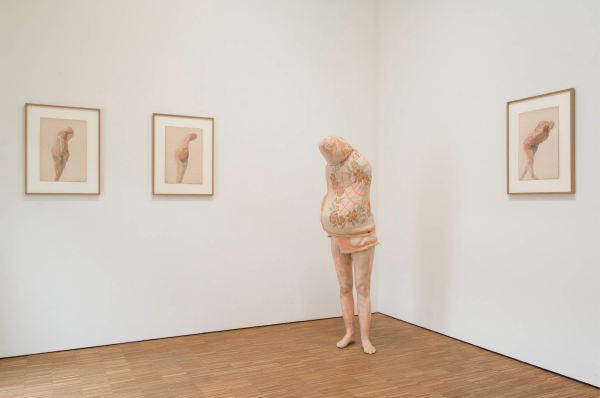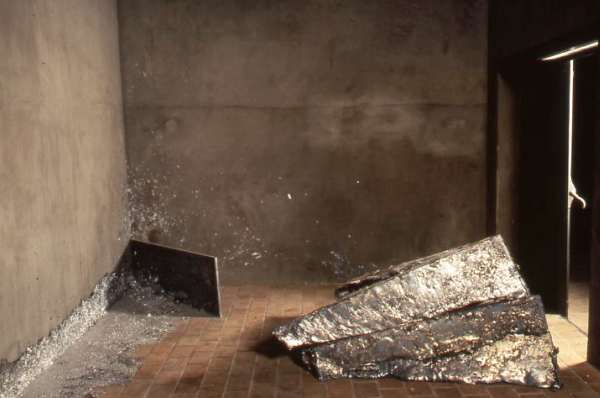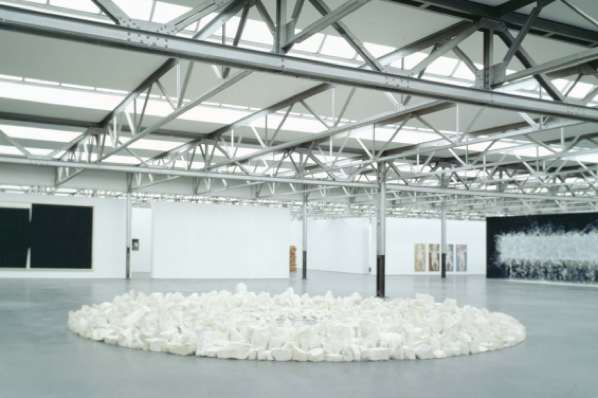The start of a collection
The museum's founder, the attorney and businessman Jan de Pont, who died in 1987, had decided that part of his fortune would be used for the stimulation of contemporary visual art, but left decisions as to how and where that should occur up to the board of the new foundation. When the search for an appropriate building began, it was hardly clear just how far the ambitions were to go. Discussions on policy were gathering momentum, and it seemed strange to talk about buildings of any size when a collection had yet to take shape. The option of creating a new building was soon eliminated, and it was decided that the location search would focus on old factories, which had already been proven useful as museums in several instances abroad. The fact that Tilburg ultimately became our permanent location has everything to do with Jan de Pont. As a former resident of this city, he was concerned about the fate of its vanishing textile industry and had helped the Thomas de Beer wool-spinning mill to recover after bankruptcy during the 1960s. In 1989 the company ended its activities, and the complex dating from the 1930s came into the picture somewhat fortuitously as a potential location for the young foundation, whose first director Hendrik Driessen had been appointed at the start of that year. With the purchase of the building, for a symbolic sum, four out of the six remaining employees of the spinning mill were also hired as Driessen's first colleagues. After starting on a cautious facelift, the foundation opted for a more ambitious approach and subjected the building to a thorough renovation under the direction of BenthemCrouwel Architects in Amsterdam. The basic idea was to retain the factory's original character. That conversion process, which took a year and a half, resulted in a distinctive building entirely suitable for museum purposes. It has received wide recognition and even served as inspiration for Tate Modern in London.
Though beautiful in itself, this space of 6000 square meters needed to be filled in a meaningful way after the renovation. Discussions on policy led to an approach accentuating not the breadth but rather the depth of collecting, for which roughly three large exhibitions per year serve as the breeding ground. After the 2002 expansion of the building, which introduced an auditorium and a project space, there came an additional program of smaller presentations not directly related to the collection.
At De Pont's opening, its collection comprised about a dozen works by only three artists, but already among them were now iconic works, such as Richard Long's Planet Circle and The First People by Marlene Dumas. The aim was, and still is, to acquire at least one key work by each artist in the collection, one which could represent the essence of that artist's outlook. In order to achieve that, distinct choices must be made; and so the collection has grown in a relatively slow manner. In twenty years the museum has come to own roughly 800 works, more than half of which is photography or work on paper, by eighty different artists. A number of them— including Berlinde De Bruyckere, Thierry De Cordier, Anton Henning, Roni Horn, Anri Sala, Fiona Tan, Robert Therrien, Rosemarie Trockel, Luc Tuymans and Mark Wallinger—were introduced to the Netherlands or given their first major exhibition by De Pont. For the coming years as well, our policy will focus on a gradual development of the collection, in which each intended acquisition must constitute a real enrichment and be capable of contributing to the 'dialogue' with works already present in the collection.





